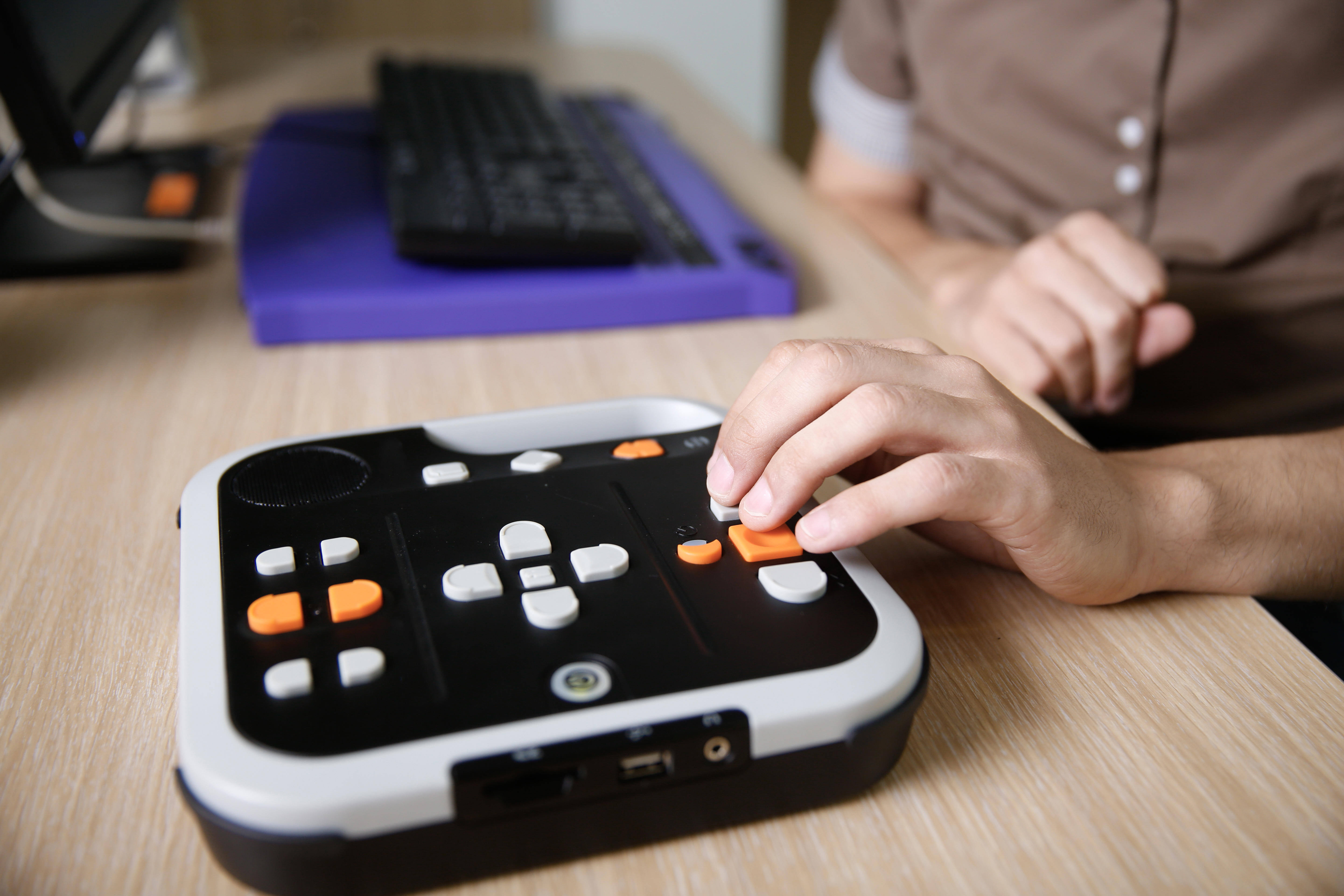The U.S. Bureau of Labor Statistics came out with some good news this week: The rate of employment for people with disabilities reached its highest level since the government started tracking this metric in 2008. Of course, this good news is a relative thing: With 21.3% of people with disabilities now employed, the rate has grown 2.2% from 2021—but is still less than a third of the 65.4% rate at which the population without disabilities is employed.
As Axios noted in covering the BLS report, the pandemic-driven expansion of remote work has been responsible for much of this improvement in the labor situation for people with disabilities, opening up more opportunities. That means enterprise communications technologies have a major role to play in keeping the momentum going when it comes to greater inclusion in the workforce for people with disabilities.
Enterprise Connect is determined to do our part in continuing this momentum. Enterprise communications for accessibility will be the focus for a general session at Enterprise Connect 2023, on Tuesday, March 28, where leaders on this issue will discuss how enterprise IT can raise its game when it comes to enabling greater accessibility. We also have a breakout session the next day where we’ll provide a deeper dive on specific ways to build an accessibility focus into your enterprise IT strategy.
Claudio Luis Vera, the accessibility advocate who will be leading these two sessions, explained in a No Jitter post last year where the challenge lies:
“For decades, we’ve had technologies that help people with disabilities work on computers. Starting in the 90s, these assistive technologies (or AT) have been included in the operating systems to some extent. Today, you’ll find assistive technologies built into Windows, Mac OS, Android, and iOS and all the devices that run them.
“Today, most barriers don’t come from a lack of assistive technologies. Instead, it’s that the systems, the websites, the apps, and the content we build don’t play nicely with existing AT.”
This is a challenge for our industry to address. For its part, IT has a role to play as well. One effect of the pandemic era’s abrupt shift to remote work has been that enterprise communications/IT organizations have needed to find more and better ways to understand the employee experience, for all the end users they serve. This applies whether the issue is how people use technology in newly reopened and renovated offices, or how to help remote users get the most out of the video tools they use for meetings.
Accessibility should be an item on this checklist as well. Specific actions to improve accessibility may sometimes tend to be reactive – IT can’t always anticipate every need that a disabled employee may have – but taking a posture that these needs will be sought out and addressed promptly should help create a climate for continual improvements to accessibility.
As Vera put it in his No Jitter post, “Accessibility needs to be a long-term sustainable initiative on a par with privacy and cybersecurity.”
I hope you can join us in Orlando March 27 – 30 as we address accessibility as well as technology topics ranging from AI to cloud migration and security/compliance, as well as issues ranging from hybrid work to the future of the customer experience. Our Early Bird discount expires Friday, March 3, so now is the perfect time to sign up. See you there!
Enterprise Connect 2023 will be held from March 27-30 at the Gaylord Palms in Orlando, FL. You can check out the attendance options here and dive into our line-up of sessions and keynotes here.










